||| BY MATTHEW GILBERT, theORCASONIAN OP-ED REPORTER |||
On August 23, Kendra Smith, Director of Environmental Stewardship, updated the County Council on the progress of the Sustainable Tourism Management Plan (STMP). The vision and the goals have passed initial scrutiny, and the consultants and project managers are now in the middle of reconciling wishes with what is feasible.
The Vision
“Tourism in the San Juans is balanced and sustainable, protecting and nurturing our unique environment while supporting a vibrant rural community and a thriving year-round economy.”
Goals
- Protect, conserve, and interconnect natural environment and open space for ecological and recreational benefits.
- Build resilience to climate change by reducing carbon footprint and adapting infrastructure and services.
- Adapt infrastructure to accommodate seasonal variations in use.
- Preserve community well-being through ensuring equity and maintaining the rural lifestyle.
- Expand access to bike trails and trails, public transit, and other mobility methods to ensure transportation is accessible and affordable to all.
- Support a year-round, thriving, and diverse community and economy by balancing investment and strategic promotion of island activities.
- Support the local economy by creating a network to build resiliency and expanding (and maintaining) local control and ownership of tourist activities.
These are noble aspirations while also weighted down with plenty of subjective interpretation. For example, how do you define a “rural lifestyle”? What is an acceptable balance of “ecological and recreational benefits” when one starts to cannibalize the other?
Council members had little to say at this point. Jamie Stephens asked to be “kept in the loop earlier (since) some of the examples [a sample list of action items included in the update] are in our control and some are not, e.g., adding parking meters for nonresidents.” Cindy Wolf noted that a lot of ideas are “road-related and climate-related . . . How are you circulating this information to other departments?” Smith assured her this was already in motion, especially with regards to Public Works and Climate & Sustainability. Christine Minney asked about the proposed Green Certification Process. “This is yet to be determined,” said Smith, explaining that it’s “an effort to single out local business efforts” that serve sustainability and lower the county’s carbon footprint.
Specific actions that have been proposed for Orcas Island include adding miles of bike lanes, “reorganizing” parking at Mt. Constitution, Mountain Lake, and Obstruction Pass, developing parking and trails at Point Lawrence, dedicating “one Eastsound parking lot for short-term parking to handle ferry rushes,” building utility lines for new bike trails, and adding 35 lodging
units “for seasonal workers and stranded visitors.” Funding mechanisms are yet to be determined. There has been conveniently little talk about “capacity thresholds” or optimal numbers of “manageable visitors” – a conversation that should not be avoided.
Reality Bites?
One of the county’s favorite boogeymen, Orcas resident Joe Symons, points out that the population of the San Juans as of July 2021 (according to the U.S. Census) is 18,557 – “about 14% of the legally established total development rights as assigned to each tax parcel.” The long-running update of the county’s Comprehensive Plan pivots around a population forecast of 19,423 by 2035 – a difference of less than 1,000 from more than a year ago. That forecast may have already been reached, or likely will be by the time the Plan staggers to the finish line. One indication: San Juan Sanitation reports that first-quarter sales of landscaping and fill dirt had equaled all of 2021. Are the architects of both plans talking to each other? It is common knowledge that population growth and visitor traffic are directly correlated.
Second quarter sales and lodging tax revenue (representing February through April “business activity”) have continued earlier trends: countywide sales tax (including construction, licensing, online orders, etc.) is up 12% from last year’s record-breaking numbers, while lodging taxes are down from last year (-17%). That said, all figures are considerably higher than pre-pandemic
levels, even on San Juan, where lodging taxes are down 36% from last year. The story is quite different on Orcas, however, where 2021 records are being broken again as lodging taxes continue to run above last year’s numbers.
A report on findings and public processes to-date, along with a database of recommended actions island-by-island, is available on the STMP website. The county is continuing to work with the consulting team and specific departments to add implementation details such as data gaps, performance metrics, timelines, and funding needs. The goal is to have the first half of the plan ready for public comment by late Fall.
**If you are reading theOrcasonian for free, thank your fellow islanders. If you would like to support theOrcasonian CLICK HERE to set your modestly-priced, voluntary subscription. Otherwise, no worries; we’re happy to share with you.**
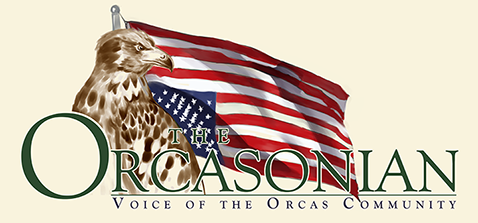


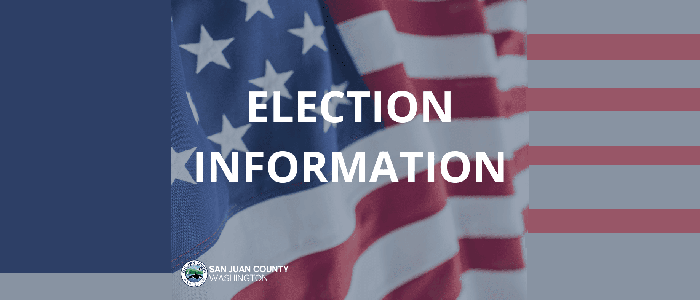
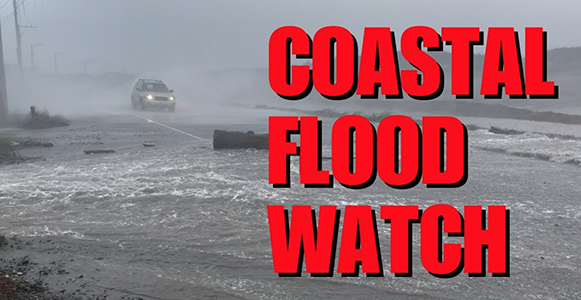
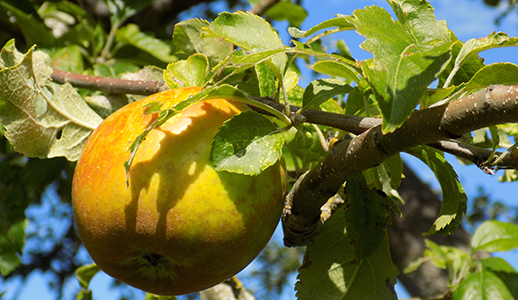
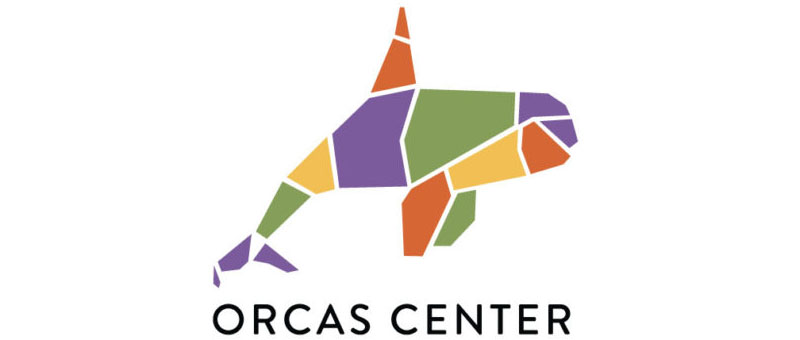
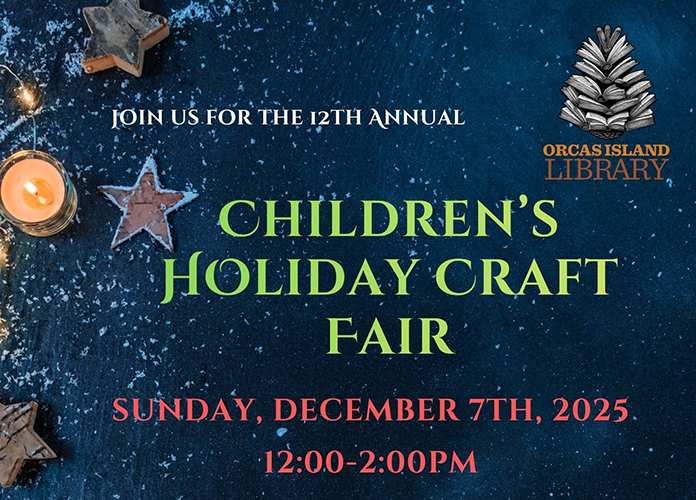
I urge everyone, on all sides of this multi-faceted topic, to be patient with the process and to consider the Sustainable Tourism Management Plan (STMP) as a work in progress. The important thing it that it has begun; we will have opportunities to add our ideas and critiques. This is a beginning; let’s see where it can go.
I just like the idea that tourists can be managed. How it well works will remain to be seen. Since we will be planning to accommodate and manage the tourism, it just seems fair that the tourists themselves and tourism economy fully support the planning and subsequent improvements that will allow managing tourism.
How about some public access beaches & maybe another public boat launch for locals in the Eastsound, West Sound, Deer Harbor area that we can drop an aluminum boat in for a day trip as there is no available moorage anywhere on Orcas & no boat trailer parking at Cayou Quay Marina. It would be nice for working locals to be able have marine access.
Another excellent and thought provoking article by Matthew Gilbert. ‘Sustainable’ seems to be a word that is bandied-about a lot, but what does that really mean, and in what conditions?
It’s not sustainable if it negatively impacts quality of life, contributes to deforestation and desertification of once-high-functioning forested wetlands, endangers nearshore and marine environments, and contributes to the housing shortage and huge income disparity gap. It’s not sustainable when there is no cap on the influx, when Urban Growth Areas on tiny once-rural islands are fashioned, land-use-wise, after big cities like Seattle. We are not Seattle, nor want to be modeled after it. It’s not sustainable when we have a chamber of commerce that pushes more and more and more tourism and we’re advertises nationally and globally, and we have real estate and development industries that use this place as some kind of golden cash cow for gentrification, due to ‘demand’ – which jacks up land assessments at ‘market’ rates, not considering the other elements of our Comprehensive Plan besides economic growth. That is not sustainable.
It’s not sustainable when a consumer type industry that was once seasonal is being pushed to be year-round and we can’t fill positions in service-oriented businesses because there is no housing for workers, let alone affordable housing for the low pay scale that comes with working in the service industry. We have said for decades that we don’t want tourism to be our SOLE economic driver. We understand that tourism will always have a place here, but we need to think hard about carrying capacity, because that will tell us the truth about what is sustainable in the event of massive economic crashes and climate change severities predicted for the not-too-distant future and already happening. All of this is escalating exponentially, as if none of these things listed above are of concern, or impacting not only we humans, but all of life.
This isn’t to BLAME the tourists – they are pawns in the profiteering game, the same as we are.. They bring fresh perspective and appreciation of all that is special about this place. What attracts them are the very things we are destroying – and then what, when nothing is sustainable except for those with enough money?
It’s time to have honest and unflinching reality-based conversations about this, and admit that this model of endless, unmitigated growth and expansion is NOT sustainable. It is hurting the environment and those of us who are watching the deforestation and know what it means. What needs to be managed isn’t tourism per se – it’s what we are selling. It’s treating this place as if it is expendable, while deluding ourselves that essentials like water and trees will never run out and we can consume with impunity.